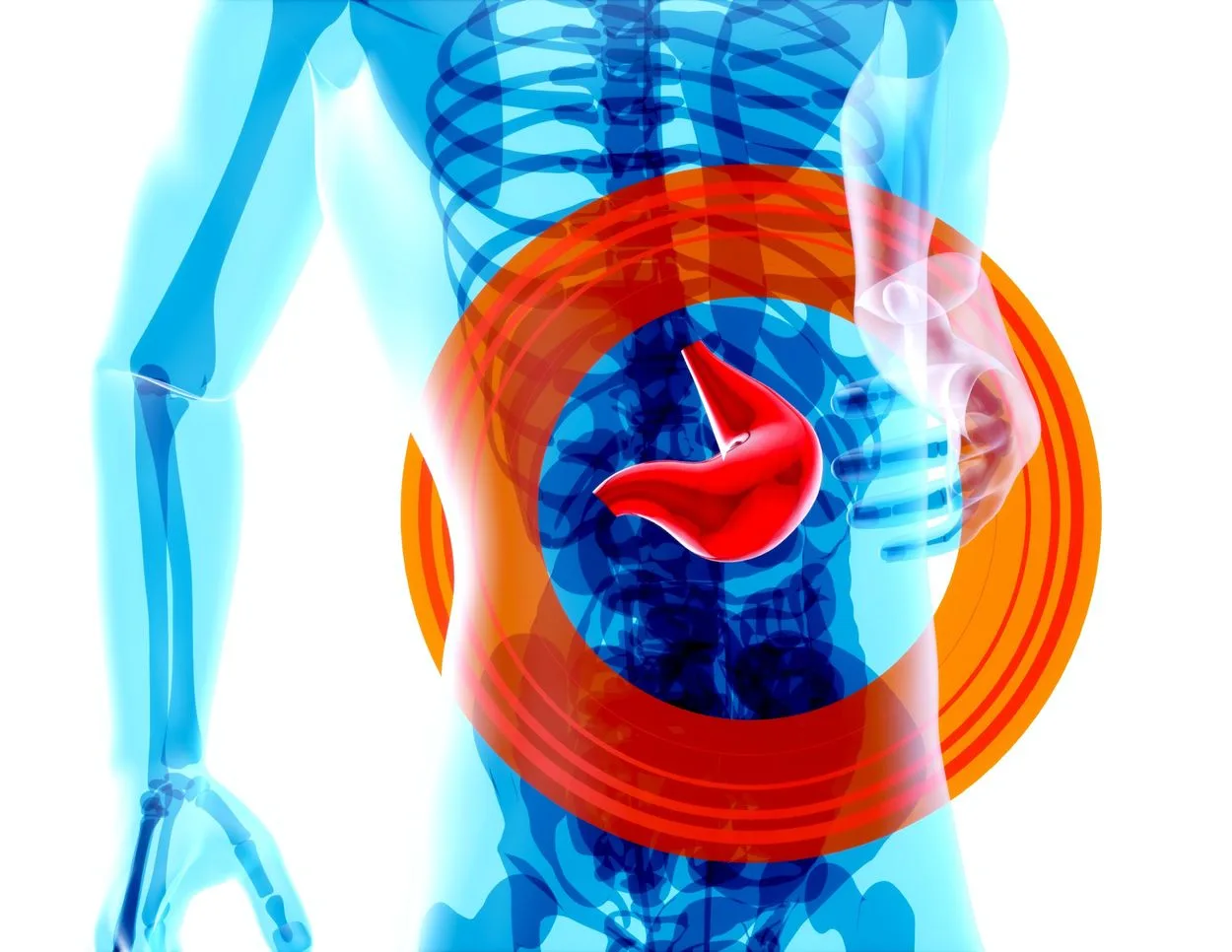Imagine you’ve important deadlines to meet, and meanwhile, a sharp headache pain hits you. Now, all you want is instant relief from pain. Having a fever or pain can be a nightmare, especially when you can’t access a doctor for some reason. Then the only option you might be left with is Acetaminophen. There are quite a few naming conventions around the world for this medicine.
It’s essential to mention that Paracetamol, Tylenol, and Panadol are the few settings that comprise the same formula and contain acetaminophen. In the U.S. you’ll find this medicine under the branding Tylenol.
It gets confusing to differentiate between Tylenol and Tylenol arthritis. There are three versions of this pain reliever. Tylenol has a 325-milligram dose of acetaminophen. While you get a slightly higher dose (650 mg) of acetaminophen in the case of Tylenol arthritis. You can take these based on how severe the pain is.
It’s essential to note that over-relying or overdosing can cause severe problems later in life and liver failure is one of them. You’re probably interested to learn about the uses, ingredients, and side effects, and this article might be a helpful resource for you.
Let’s dive into it…
Are Tylenol And Paracetamol Same?
Therapeutically and chemically, both are similar. The chemical name of paracetamol is acetaminophen. Tylenol is a company that sells paracetamol under the brand name Tylenol.
No matter what setting of these you buy, they serve the similar case by giving you relief from pain and reducing the fever, comprising the same active ingredient – acetaminophen.
Tylenol is a U.S.-based company, and this is the most common drug for pain and aches.
- Tylenol – when purchasing acetaminophen in the U.S.
- Paracetamol – when purchasing acetaminophen in the UK or outside the U.S.
Because they come in different doses, it’s essential to read the label carefully to avoid incurable side effects.
Tylenol vs. Tylenol Arthritis

| Tylenol | Tylenol Arthritis |
| Can last for 4 to 6 hours | Can last for 8 hours |
| Has 325 milligrams of acetaminophen | Has 650 milligrams of acetaminophen |
| Is less likely to affect your liver | Is more likely to cause liver toxicity |
Uses
Many people believe that Tylenol is Nsaids (an anti-inflammatory drug that is suitable for high temperatures), but let me tell you that it’s not accurate acetaminophen lacks anti-inflammatory properties. As per the Tylenol website, you can take this product when facing the following symptoms:
Toothaches – You can take this product to relieve the toothache. Though there are many remedies you can do for the relief of toothache.
Menstrual pain – Yes, it works as an immediate solution for making period cramping less intense.
Headache or migraine – You can’t know what will cause you a headache. So, for people around the globe this drug is an over-the-counter medicine.
Flu aches or the common cold – You can also take this when you’re under the weather.
Fever reduction – It works as a temporary fix for high fever.
Joint pain – Those struggling with joint pain can also take this.
You should never take this medicine for more than 3 days unless prescribed by your doctor.

How Tylenol Arthritis Works Differently From Tylenol
Tylenol Arthritis is a two-layered capsule. The first layer containing 325 milligrams of acetaminophen releases quickly when taken with water. This half dose provides instant relief to the pain. The second layer containing the remaining medicine dissolves slowly and over hours to ensure long-term pain relief and comfort.
Side Effects
Before taking Tylenol or any other setting of acetaminophen, you should always consult your doctor because overdosing can cause you serious health issues. Initially, the symptoms will be very minimal. However, higher dosage symptoms include liver injury. Research also shows that the active ingredient, acetaminophen, leads to brain toxicity.
Surprisingly, liver transplantation in youngsters is mostly the result of over-relying on acetaminophen. The level of liver inflammation is directly related to the amount of dose you take. This product shouldn’t be taken with alcohol and while driving.
Other side effects include:
- Itchiness in skin
- Drying mouth
- Nausea
- Constipation
Here’s a video explaining the dangers of Tylenol to liver:
Recommended Dosage
As per Harvard, the recommended dosage of acetaminophen for a healthy adult is 4000 milligrams. You shouldn’t go beyond 3000 milligrams, otherwise you may face serious liver inflammation. Additionally, the daily limit will vary depending on health conditions, weight, and age. Therefore, it’s really important to know how many milligrams of acetaminophen the product you’re taking contains.

Conclusion
- Tylenol and Tylenol Arthritis are forms of acetaminophen used for pain relief and fever reduction.
- Both Tylenol and Paracetamol share the same active ingredient, acetaminophen.
- Tylenol (325mg) and Tylenol Arthritis (650mg) have different doses. Choose between these two based on pain severity.
- Tylenol lasts 4-6 hours. Whereas Tylenol Arthritis provides extended relief for up to 8 hours.
- Tylenol is less likely to affect the liver. Whereas Tylenol Arthritis may pose a higher risk of liver toxicity.
- Tylenol uses include toothaches, menstrual pain, headaches, and flu aches. It also includes fever reduction and joint pain.
- Tylenol Arthritis employs a two-layered capsule for both quick and prolonged pain relief.
- Be cautious of acetaminophen side effects, especially liver issues. Consult a doctor for proper dosage guidance.

